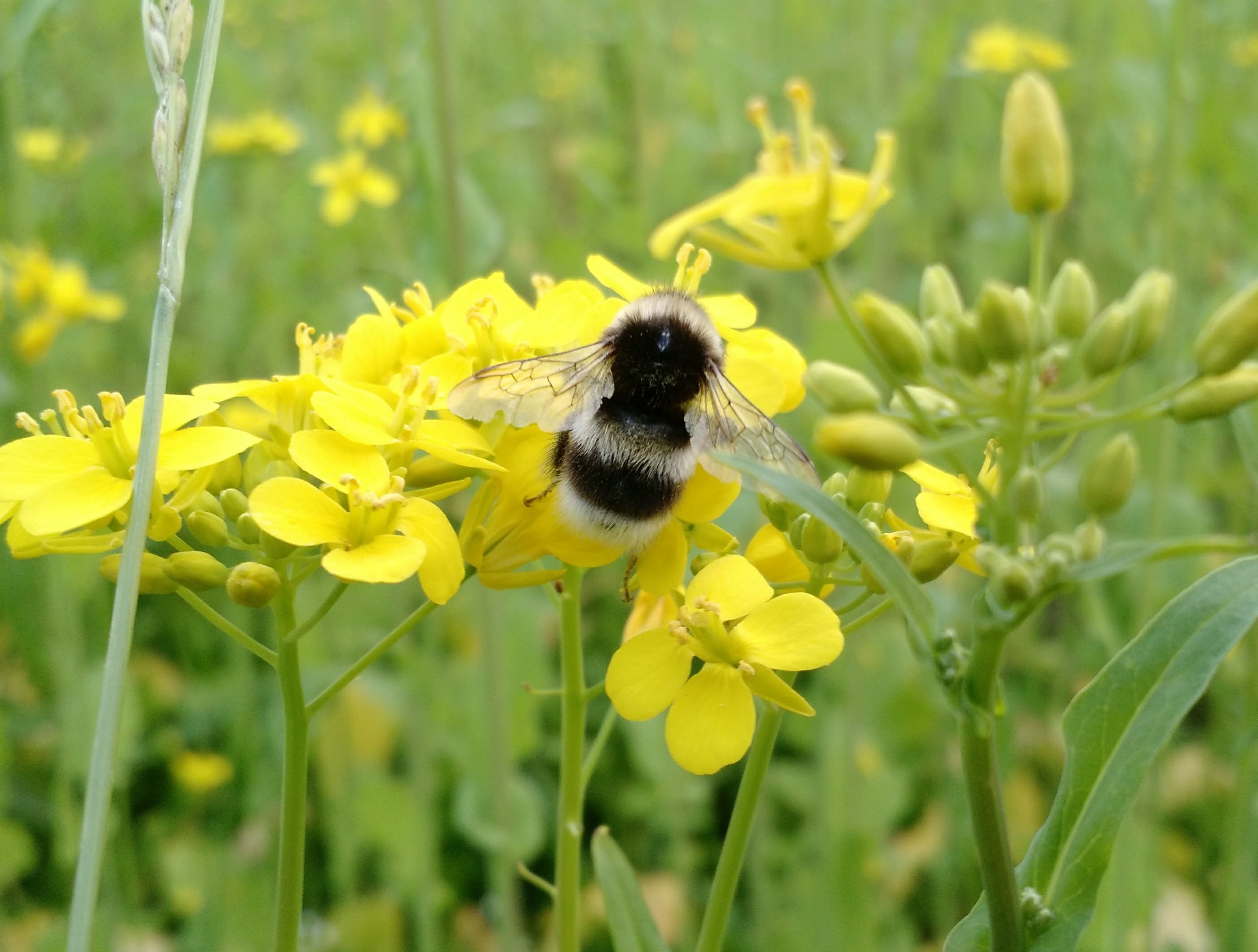Linking pollinator occurrence in field margins to pollinator visitation to a mass-flowering crop
DOI:
https://doi.org/10.26786/1920-7603(2021)623Abstract
Uncultivated field margins are important refugia for pollinating insects in agricultural landscapes. However, the spill-over of pollination services from field margins to adjacent crops is poorly understood. This study (i) examined the effects of landscape heterogeneity on pollinator occurrence in permanent field margins and pollinator visitation to adjacent mass-flowering turnip rape (Brassica rapa ssp. oleifera) in boreal agricultural landscapes, and (ii) tested whether pollinator abundance and species richness in field margins predict abundance and species richness of crop visitors. Pollinators visiting the crop were more affected by landscape heterogeneity than pollinators in adjacent margins. Species richness, total abundance, and the abundance of syrphid flies visiting the crop increased with increasing landscape heterogeneity, whereas, in field margins, landscape heterogeneity had little effect on pollinators. In field-dominated homogeneous landscapes, wild pollinators rarely visited the crop even if they occurred in adjacent margins, whereas in heterogeneous landscapes, differences between the two habitats were smaller. Total pollinator abundance and species richness in field margins were poor predictors of pollinator visitation to adjacent crop. However, high abundances of honeybees and bumblebees in margins were related to high numbers of crop visitors from these taxa. Our results suggest that, while uncultivated field margins help pollinators persist in boreal agricultural landscapes, they do not always result in enhanced pollinator visitation to the adjacent crop. More studies quantifying pollination service delivery from semi-natural habitats to crops in different landscape settings will help develop management approaches to support crop pollination.

Downloads
Published
How to Cite
Issue
Section
License
Copyright (c) 2021 Marjaana Toivonen, Irina Herzon, Jenni Toikkanen, Mikko Kuussaari

This work is licensed under a Creative Commons Attribution 4.0 International License.











